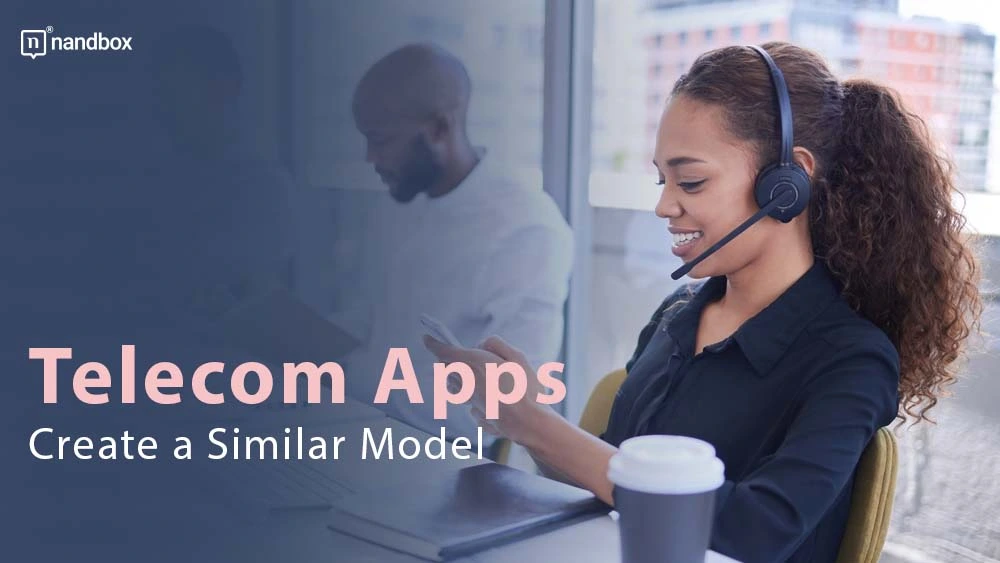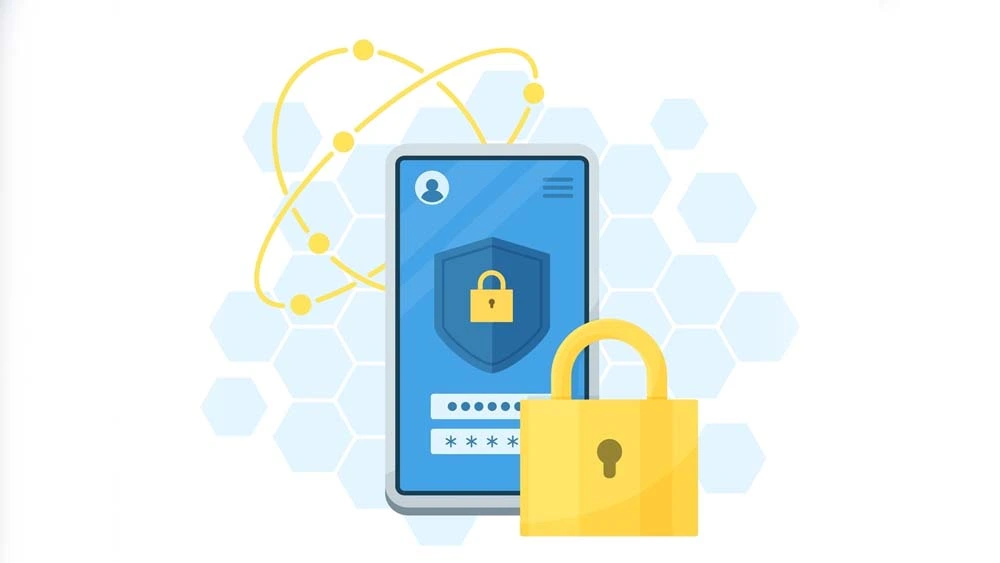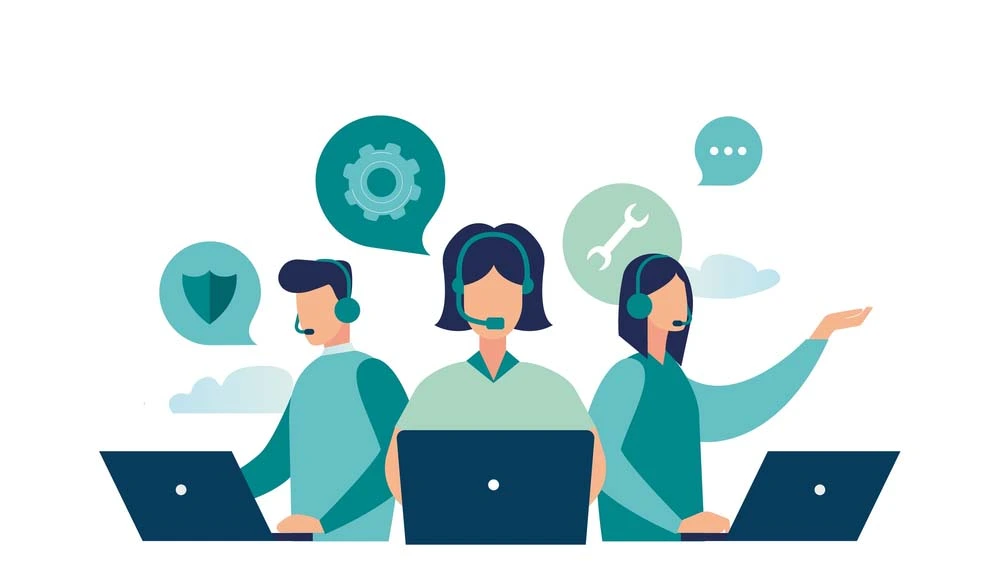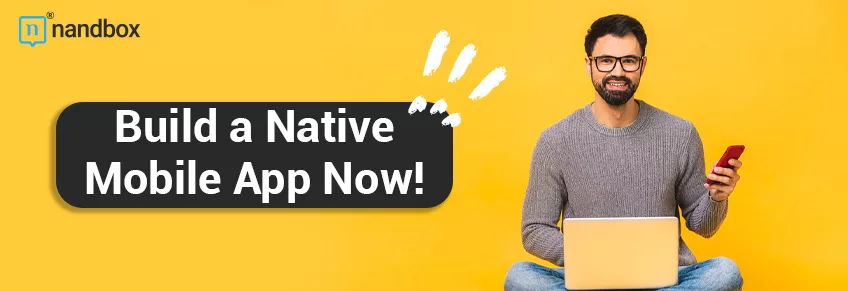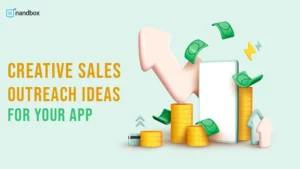Telecom Apps: Create a Similar Model
Mobile network providers create telecommunications apps, also known as Mobile Network Operator (MNO) apps, to offer services to users, like paying their bills, inquiring about their balance, and more. They simplify many processes that would require too many phone calls before. Telecom apps are sophisticated and require scalability and capacity for large amounts of data. If you’re curious about creating a good telecom app, this article discusses the prominent features of the best telecom apps.
The Common Features of a Telecom App
Basic Functions
- Users can check their balances, recharge money, and subscribe to data plans.
- They would use the app to pay for any provided services.
- They can view their transactions and know their spending.
- They can easily switch between different data plans.
- Many telecom apps have an e-shop to sell subscriptions.
- The app could have loyalty programs to reward users for subscriptions to services.
- It’s easy for users to cancel any subscription to plans and third-party services.
- The app should send relevant push notifications based on user activity, location, and information.
- Accessing support via calls, email, and chat is crucial to help customers with inquiries and complaints.
App’s Usability
UI and Accessibility
App’s usability is just as important as its functions. The interface is supposed to be intuitive, allowing fast and easy navigation. Upon logging in, users would encounter all information related to their data volume, consumption, and balance on the home screen. Other side functions should be easy to find with minimal clicks.
As network providers have millions of users, they ought to create an app that functions optimally on iOS and Android devices and a responsive one that adapts to different screen sizes.
Updates:
An app that crashes regularly and is full of bugs will repulse users from the network provider’s services altogether. On the other hand, any app in the market needs to stay up to date with technological advances and software updates. If you combine both statements, the result is the same; an app requires regular maintenance and updates. The best MNO apps, like MyVodafone and MyAirtel App, stand out among the competition because they regularly improve their apps with updates.
Privacy:
Network providers offer a wide range of services, but privacy is always their top priority. The app should have many features that protect user data and information, including data encryption, secure payment gateways, real-time monitoring of suspicious activities, user authentication, and a clear and easy-to-find privacy policy that users can access with just one tap.
Furthermore, the app should allow users to delete their data and information with a few simple clicks, ensuring they control their privacy and data whenever they wish. The app could also offer detailed instructions on keeping their data safe and secure, including tips on protecting their passwords, limiting access to third parties, and keeping their data safe from potential cyber threats.
Features to Add to Your Telecom App
Safe Login Measures
Registration is the first thing a customer sees when they enter a new app; they want to know that the app is secure and safe. To ensure a secure experience, the app should have safe login measures, such as two-factor authentication, biometric authentication, and one-time passwords. The app should also provide easy access to safety and privacy policies, informing customers of the measures taken to protect their data and information.
Payment Systems Integrations
Many transactions happen within the telecom app, so it’s crucial to have multiple payment integrations like credit card/debit card, PayPal, and others. It’s also vital that any transactions are done securely with two-factor authentication and other methods, like directing them to a secure verification system and sending an OTP SMS to the user to ensure they are paying for the service.
Loyalty Program
As mentioned above, users do a lot of monetary transactions on your app, so rewarding them will help you retain them and maintain their loyalty. For one, give them points when they pay for their subscriptions on time or if they purchase extra items. Then, they can redeem the points for extra balance, GBs..etc.
An E-Store
An e-store is one method for any app to get extra revenue. Some telecom apps collaborate with third-party services to offer subscriptions for their users at lower prices when they subscribe to a specific data plan. For example, if the user subscribes to the Gold Plan, they will get a Netflix subscription at a lower price. The store isn’t exclusively for subscriptions; they could also sell different items, like electronics or device accessories.
Push Notifications
Push notifications are a must-have for most business app types. They will reinforce brand awareness and engage users. As of late, advanced algorithms are employed to personalize push notifications and increase their effectiveness. Telecom apps usually send alerts about new offers, subscriptions, bills, usage, and more. Users should be able to control the push notifications they get by turning them on or off, or else they can get vexed with too many messages.
Customer Support
Many things can go wrong when numbers are involved, like miscalculations on the user’s behalf, machine errors, double payments, and more. That’s why a customer support portal is indispensable in a telecom app or any business app. If a customer gets confused or wishes to file a complaint, they should find a customer representative available to help. Because people have different preferences, it’s best if the app has various communication channels, like chat, calls, emails, and forms.
Chatbots
Chatbots are another efficient customer service tool for telecom apps. They can answer customer queries quickly and accurately, such as providing information about balance, data plans, and more. The customer can communicate with the chatbot via text or voice. Additionally, the chatbot could be used to offer discounts and promotions, as well as upsell other services.
A telecom app is demanding, so creating a similar model with custom development will be draining time and cost-wise. The alternative is to use a no-coding platform. The nandbox native no-code app builder has all the features that allow users to get a similar experience. You can add features like chatbots, payment systems, loyalty programs, push notifications, e-stores, and many more. Get started with your application now!

